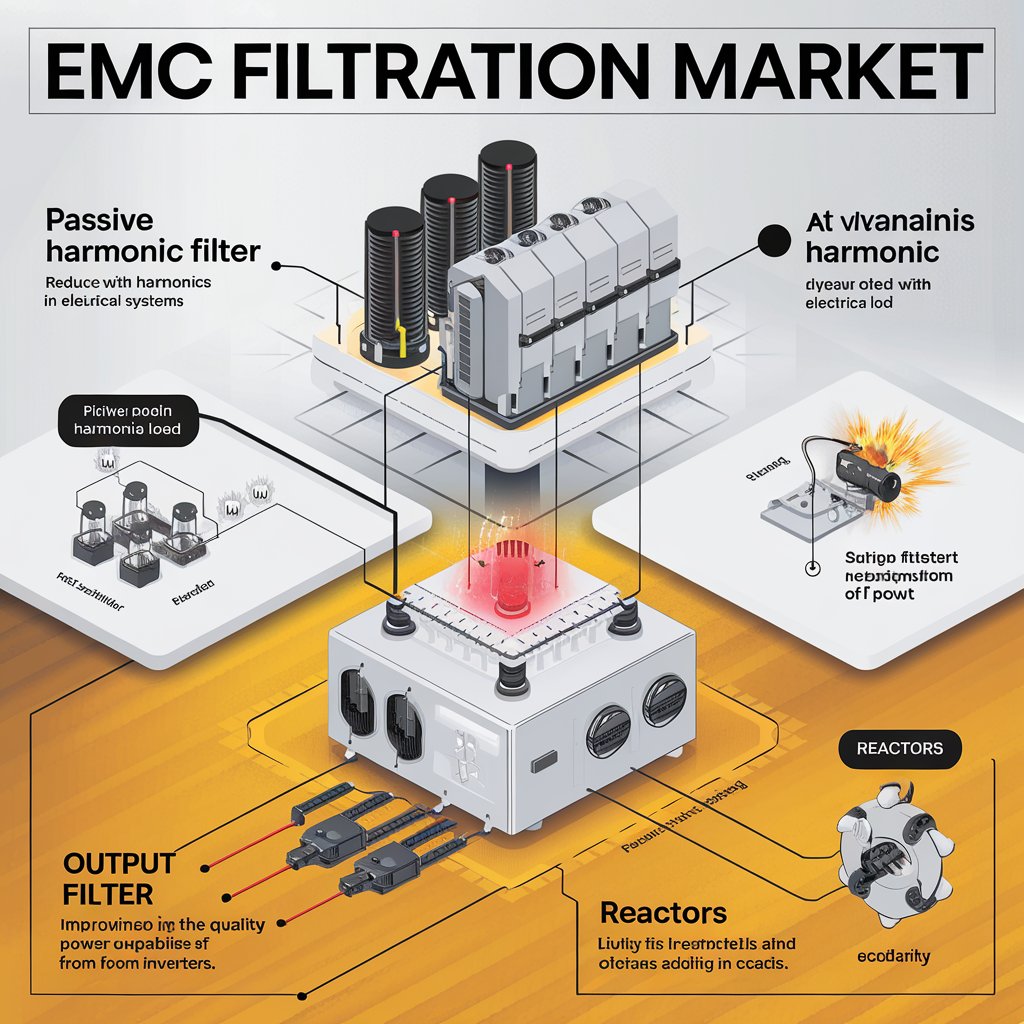As the semiconductor industry pushes the boundaries of Moore’s Law, traditional lithography methods are reaching their physical and technical limitations. Enter Extreme Ultraviolet (EUV) lithography—a breakthrough technology enabling the production of microchips with smaller, faster, and more power-efficient transistors. EUV lithography is poised to redefine chip manufacturing, opening up new possibilities for innovation across computing, mobile devices, artificial intelligence, and beyond.
With a wavelength of just 13.5 nanometers, EUV lithography allows for much finer patterning on silicon wafers than previous generations of lithography, such as deep ultraviolet (DUV). This allows semiconductor manufacturers to shrink transistor sizes further, pack more of them into a single chip, and continue delivering on the promise of higher performance at lower power and cost.
The Technology Behind EUV Lithography
Unlike traditional DUV lithography, which uses light at 193 nm wavelengths, EUV relies on extreme ultraviolet light at 13.5 nm—enabling precision at the atomic level. However, this level of refinement requires a completely different engineering approach.
The generation of EUV light is one of the most complex aspects of the technology. It involves firing a high-powered laser at microscopic tin droplets to create plasma that emits EUV radiation. This light is then directed through a series of ultra-smooth, multi-layered mirrors (since traditional lenses absorb EUV) to expose photoresist materials on the silicon wafer.
The machinery required to perform this process is among the most advanced ever built. A single EUV scanner, such as those manufactured by ASML, consists of over 100,000 parts and can cost more than $150 million per unit. Despite the high cost, EUV is a game-changer for advanced process nodes, enabling the production of chips at 7nm, 5nm, 3nm, and even smaller geometries.
Download PDF Brochure @ https://www.marketsandmarkets.com/pdfdownloadNew.asp?id=241564826

Industry Adoption and Key Players
EUV lithography has moved from experimental technology to commercial deployment, with major chipmakers like TSMC, Samsung, and Intel incorporating EUV into their most advanced process nodes. TSMC’s 5nm and 3nm technologies, for instance, rely heavily on EUV layers for complex patterning, significantly reducing the need for multiple patterning steps and increasing yield.
ASML, a Dutch company, holds a virtual monopoly in EUV equipment manufacturing and has become a cornerstone of the global semiconductor supply chain. Collaborating with key suppliers like Zeiss (optics) and Trumpf (lasers), ASML’s EUV platforms are at the heart of current and future chip innovation.
Market Growth and Economic Opportunities
The EUV lithography market is expected to reach USD 22.69 billion by 2029 from USD 12.18 billion in 2024, at a CAGR of 13.2% during the 2024-2029, fueled by the rising demand for advanced chips in smartphones, high-performance computing, autonomous vehicles, and AI accelerators.
Beyond the direct market for EUV tools, a broader ecosystem of opportunities is emerging. These include:
-
Materials innovation: Development of EUV-specific photoresists, pellicles, and cleaning chemicals.
-
Supply chain expansion: Increased demand for precision optics, metrology tools, and semiconductor-grade tin.
-
Workforce development: A growing need for engineers, physicists, and materials scientists trained in EUV technology.
-
Fab construction: New and upgraded semiconductor fabs designed to accommodate EUV’s cleanroom, vibration control, and power requirements.
This growth not only benefits large chipmakers and tool suppliers but also creates opportunities for startups, materials companies, and research institutions involved in EUV-related technologies.
Challenges to Widespread EUV Adoption
Despite its promise, EUV lithography is not without challenges. The extreme complexity of light generation and mirror-based optics makes EUV machines difficult to build, operate, and maintain. Each tool requires precise environmental control and massive energy input—raising questions about scalability, sustainability, and cost-effectiveness.
Additionally, the limited availability of pellicles (protective membranes that shield the mask during exposure) and the need for higher sensitivity photoresists still hinder full production efficiency. Pattern collapse, line-edge roughness, and stochastic defects remain issues that researchers and engineers are working to overcome.
Moreover, geopolitical tensions and export controls related to advanced semiconductor manufacturing equipment add further uncertainty to the global EUV supply chain. These factors could shape how quickly and broadly EUV is adopted around the world.
Future Outlook and Opportunities Ahead
As we enter the era of 2nm and sub-2nm chip design, EUV lithography will be even more critical. ASML’s upcoming High-NA EUV systems are expected to deliver even greater resolution and productivity, further reducing patterning steps and pushing the limits of miniaturization.
There is also potential for EUV applications beyond logic chips, including memory, sensors, and advanced packaging. As heterogeneous integration and chiplet-based designs gain traction, the role of high-precision lithography will expand across a wider array of semiconductor applications.
In the long term, the evolution of EUV may pave the way for next-generation lithography technologies, such as X-ray lithography or direct-write e-beam systems, especially as quantum computing and molecular electronics begin to reshape future demand.
Extreme Ultraviolet Lithography is more than a technological breakthrough—it’s a foundational pillar for the future of computing and electronics. As chipmakers aim for unprecedented performance and efficiency, EUV offers a path forward that aligns with the demands of AI, 5G, and edge computing.
With strong momentum, industry backing, and continuous innovation, EUV lithography represents a generational shift in how chips are imagined, designed, and manufactured. For those across the semiconductor ecosystem, from equipment manufacturers to research labs and material suppliers, the opportunities in the EUV era are vast—and just beginning.
